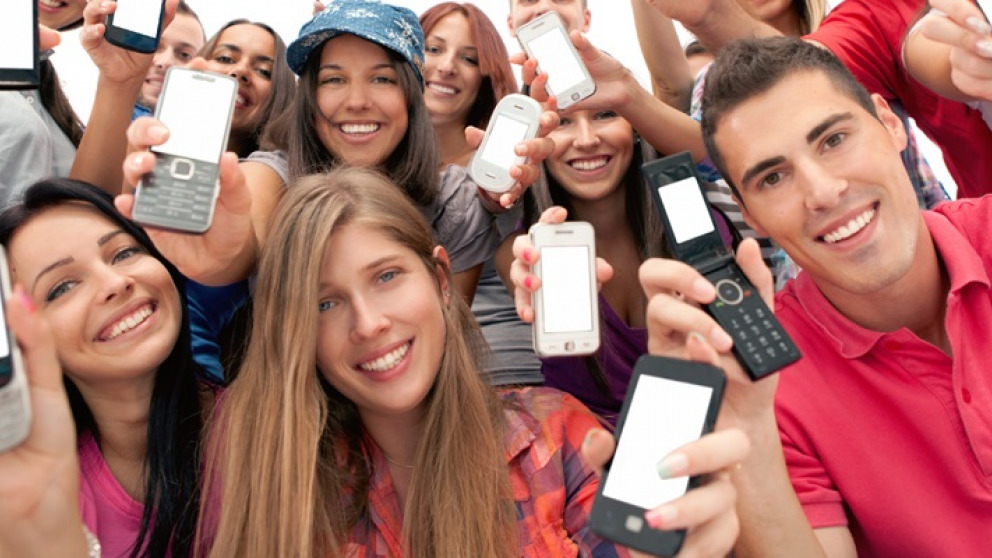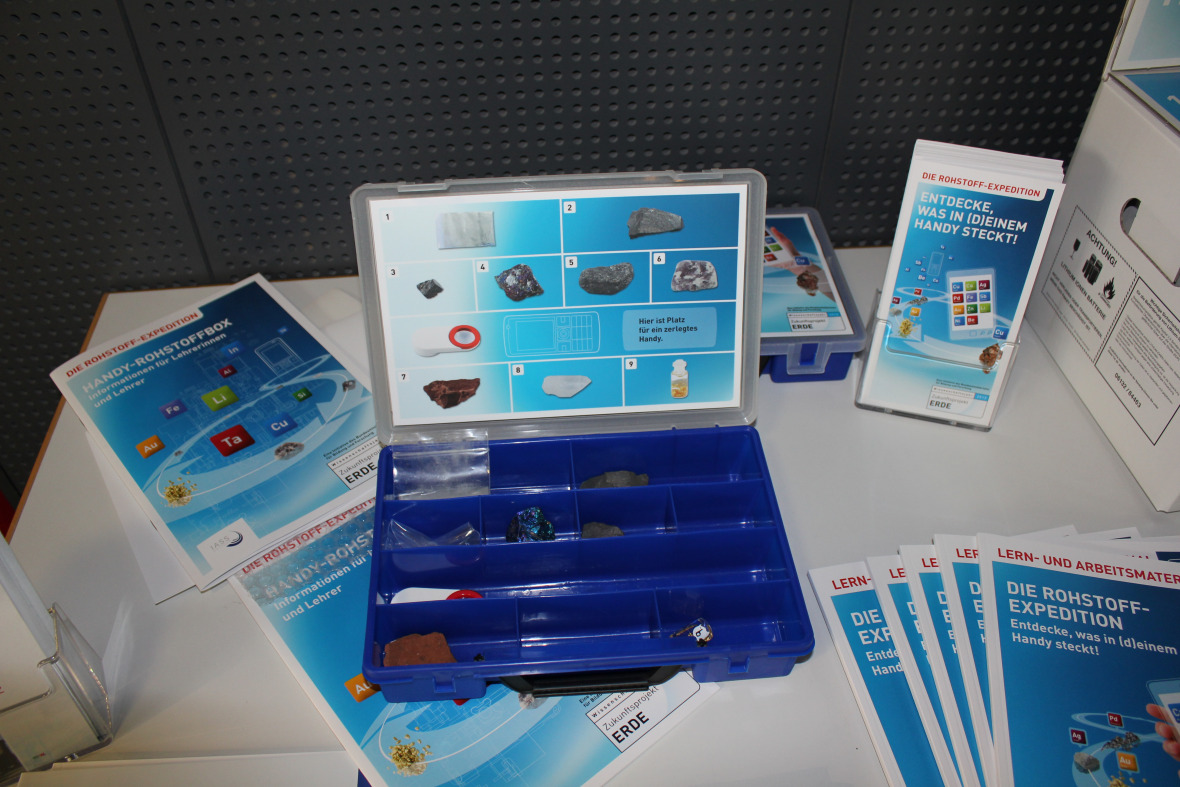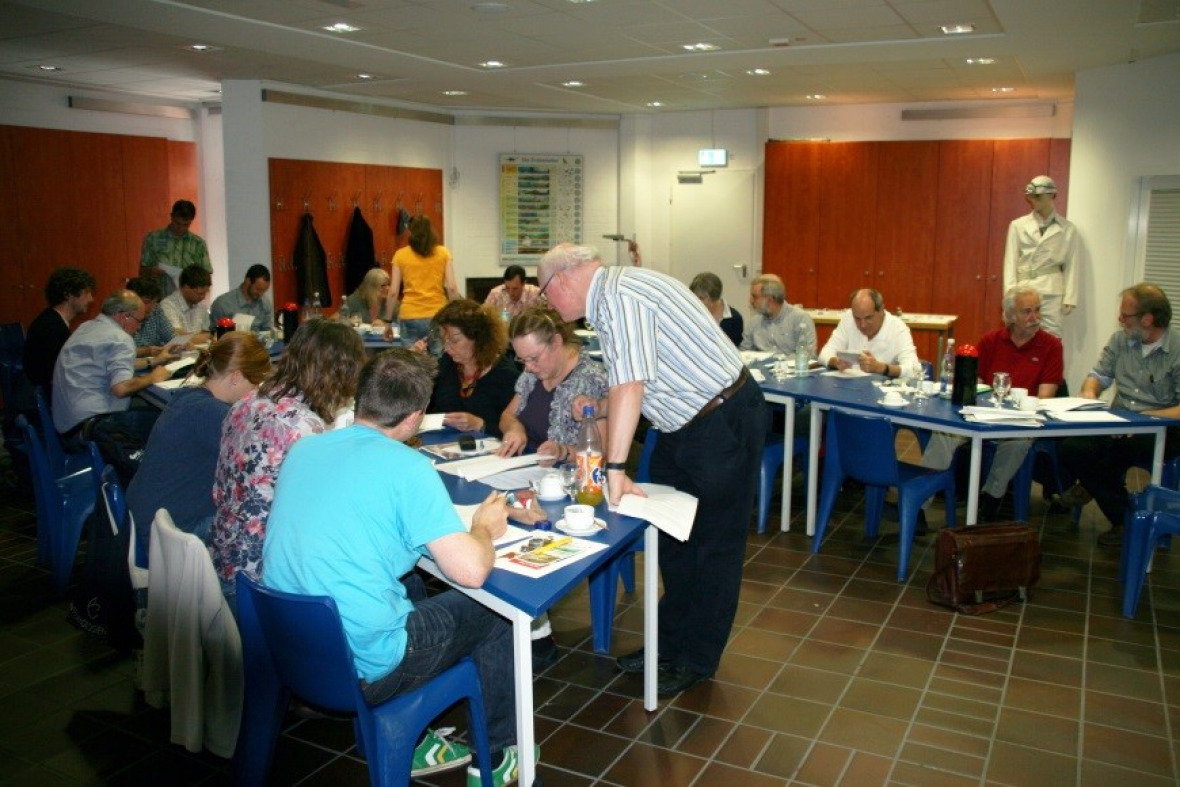Headline:
Raw Materials in Mobile Phones: Our Work with Schools

The teachers who participate in our workshops on using mobile phones more sustainably often ask us: “How much energy is saved by recycling metals?” The answer usually surprises them: by recycling aluminium, palladium and silver, we can save over 90 per cent of the energy that would otherwise be used to extract those metals. When we consider the entire lifecycle of a mobile phone – from raw material extraction and production through utilisation and recycling – over 60 per cent of the energy required is used in the extraction phase alone. Of course, we’ve all heard that the bulk of consumer goods is manufactured from basic components made from mineral raw materials. But teachers often come to us after the workshops and thank us for reminding them that these metals first have to be extracted.

Copper, silver, gold and palladium – these are just some of the valuable metals found in our mobile phones. All of these metals have to be extracted from ore in mines, and mining and processing is usually accompanied by social and ecological problems: working conditions are often abysmal and even when environmental regulations exist, they are not always adhered to. New extraction sites are constantly being created, inhabitants are forced to leave their homes and the environment is destroyed – these are just some of the reasons why we need to use finite resources more responsibly. Our experimental method aims to sensitise schoolchildren to this issue in a playful way, without any finger-wagging.

As part of the Raw Materials Expedition funded by the Federal Ministry of Education and Research (BMBF), I designed a “Mobile Phone Raw Materials Box” in 2012 to make the raw materials used in mobile phones more ‘tangible’. The mobile phone is an ideal object for informing schoolchildren about our resource-intensive consumption habits, because 98 per cent of young people own their own mobile phones and thus have direct experience of this ‘cool’ everyday accessory. The teachers who participate in our workshops are shown how to use the raw materials box in class. It’s appropriate for teaching in a range of different subjects, from chemistry, geography and physics to social studies and ethics. The raw materials box can be the basis for discussions of the civil war in Congo (where the sale of some minerals helps to finance the war), child labour, environmental destruction, and the question of how each individual consumer can use their mobile phone in a more sustainable way (e.g. by using it for a longer time). Since natural history museums are also very interested in this subject, we’re in close contact with a number of them, including the Mining Museum in Bochum, Berlin’s Natural History Museum, and the Deutsches Museum in Munich. In those museums, we also offer workshops for schoolchildren using the IASS raw materials box. Participants are always most impressed by the big lump of gold ore that I found in an old goldmine after a long search. The stone glistens with gold and is really heavy. It’s not every day that teachers and pupils get to hold a lump of gold ore in their own hands!
Header: istock/svetikd

Add new comment